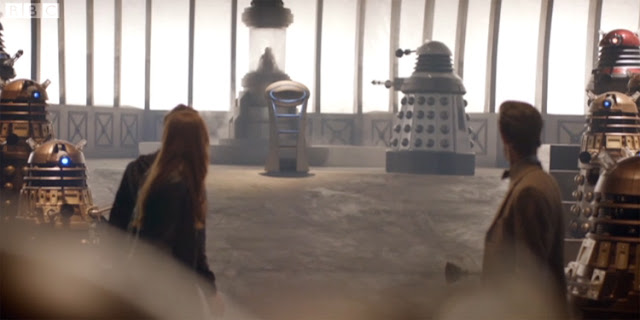Adrenaline (epinephrine)
Adrenaline is a hormone, which is a chemical messenger in the body. When the body is panicked, adrenaline is released into the bloodstream, and it acts on many parts of the body. It tells the liver to release glucose (sugar) into the bloodstream; it tells the heart to pump faster, and tells the airways to open to get more air into the lungs and more oxygen into the bloodstream. This is called the ‘fight or flight’ response, as the body prepares to respond to a perceived threat.
The shape
of the adrenaline molecule fits into specific ‘receptors’, called adrenergic
receptors, found on the cells in the heart, liver and lungs (and many other
organs too), and when the adrenaline molecule fits into one of these receptors,
it activates the receptor and tells the organs (through further messages) to respond
in their own specific way.
It's also a useful starting point for many drugs, because it has a wide range of effects on the body. For example, its effect on the lungs means that a variation on adrenaline can be used to treat asthma. One particularly successful drug is salbutamol, and the salbutamol molecule has a lot in common with adrenaline.
 |
| Adrenaline |
 |
| Salbutamol |
The differences between salbutamol and adrenaline make salmeterol more "specific" - in other words, salmeterol is designed (or adapted) to make it target just the soft tissue in the lungs and wind-pipe, and affect the heart less strongly. If you think of adrenaline as a super key that can open many doors, than salbutamol is an adapted key that's only able to open some doors.
You may recall diagrams such as these from from school chemistry classes - chemicals and molecules being illustrated by a series of carbon, oxygen and hydrogen atoms joined together by little lines. The manufacturers of pharmaceutical compounds pay very close attention to these diagrams. After all, the difference between a successful drug and a dangerous, toxic or addictive one is often just a hydrogen atom here, a carbon atom there. Any drug which is released and authorised for sale in the UK has gone through rigorous checking to ensure that it is effective and that any side effects are also known. Adrenaline is an ideal starting point for drugs, given its widespread effect on the human body; however, it's possible to begin with other starting points, and look to achieve different effects.
Sadly, in the UK, there has recently been an explosion of compounds which mimic the effects of popular illegal drugs such as cocaine, ecstasy and cannabis, but are chemically different enough to avoid being illegal. Keeping up with the new highs is difficult. Chemical compounds are effectively legal until they are banned, which means the UK Government has no choice but to be reactive once a chemical hits the market, and must move switfly to determine if it is legal. A recent report from the European Monitoring Centre for Drugs and Drug Addiction, stated that one new legal high was being “discovered” every week in 2011. Additionally, the number of online shops offering at least one psychoactive substance rose from 314 in 2011 to 690 in 2012.
Chemistry moleculemolecule














